Types of Lakes
Lakes are large water-bodies that are surrounded by land and generally occupy inland basins. Usually, they have standing water unless any river or other outlet serves to feed or drain them. Lakes are usually bigger than ponds, and distinct from lagoons by the fact that lagoons are connected to oceans, while lakes are not.
There are around 117 million lakes covering about 4% of earth’s total land surface. Finland alone is home to 1,87,000 lakes, so it is also known as ‘The Land of a Thousand Lakes.’ The Caspian is the world’s largest inland lake located in central Asia, having an area of 386,000 square km.
How Many Different Types of Lakes Are There
1. Meteorite Lakes
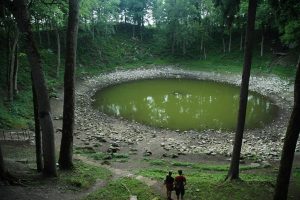
They are formed in craters on the earth’s surface due to the impact of extraterrestrial objects like asteroids or meteorites. Over time, water accumulates in these craters, and lakes appear. So, they are often referred to as extraterrestrial impact lakes or crater lakes. Sediments obtained from the bottom of these lakes often carry useful information on extraterrestrial or cosmic objects.
Examples: Lonar Lake in India, Lake Elgygytgyn in north-east Siberia
2. Tectonic Lakes
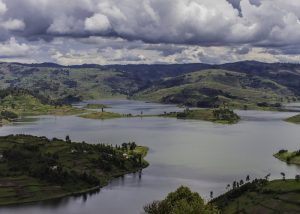
They are formed due to tectonic movements of the earth’s crust. These movements include faulting, warping, or rifting of tectonic plates, which cause vertical or lateral movement of the earth’s surface. Tectonic lakes appear in those spots, with some of the world’s grandest and deepest lakes coming under this category.
Examples: Caspian Sea in central Asia, the sea of Aral in between Kazakhstan and Uzbekistan
3. Volcanic Lakes
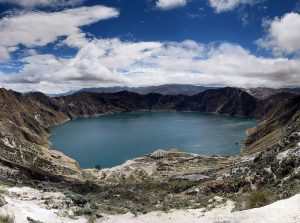
Volcanic lakes can form within volcanic craters, calderas of dormant or extinct volcanoes, or when volcanic lahars (lava flow) interrupt the flow of a river or stream. Volcano craters or calderas are filled up by precipitation when the accumulation of water is higher than the loss of water through evaporation or ground seepage.
Examples: Lake Toba in Sumatra in the caldera of Toba super volcano, Crater Lake in Oregon in the caldera of Mount Mazama, Malheur Lake in Oregon (created when lava restricted the flow of Malheur River)
4. Glacial Lakes
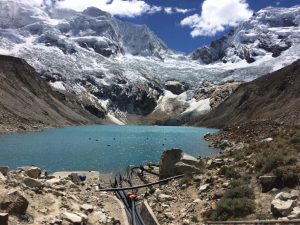
Glaciers carve out rocks that form depressions. When the glaciers melt, the water fill-up the depressions, forming lakes. Glacial lakes can be of different types including proglacial, subglacial, finger, and epishelf lakes, though it is difficult to draw a clear distinction between how they are formed. Glacial lakes are common in North America, Europe, and Antarctica because these regions have undergone heavy glaciations during the last ice age.
Example: Jökulsárlón in Iceland, the Great Lakes of North America
5. Fluvial Lakes
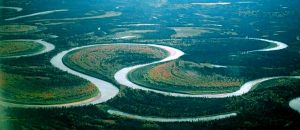
Fluvial lakes are formed in the course of a river. When a river flows in its lower-course, the slow-moving stream bends and meanders; thus, horseshoe bends are formed, and eventually, the river cuts through the narrow neck. This neck provides the new passage to the river, and the ends of the horseshoe bend become silted up, thus forming a free-standing body of a lake in bow-shape. They are also called ox-bow lakes.
Examples: Carter Lake of Iowa in Missouri River, Lake Chicot of Arkansas in Mississippi River
6. Landslide Lakes
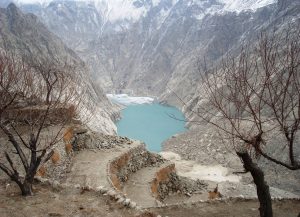
Also referred to as barrier lakes that form when landslides, mud flows, or avalanches naturally obstruct the course of a river. Landslides triggered by earthquakes, or heavy rainfall is the most common reason for the formation of this type of lakes.
Examples: Quake Lakes in the US that formed as a result of 1959 Hebgen Lake earthquake
7. Aeolian Lakes
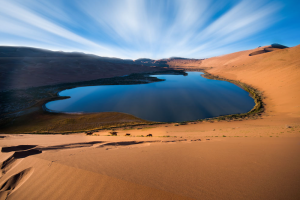
Aeolian lakes are found in arid regions where wind activity is very prevalent. The wind-blown sand deposit in layers that act like a dam in the lake basin, forming an aeolian lake. These have a small area with changing shapes, and shallow depressions that fill with water seasonally. They may also form when rainwater accumulates between sand-dunes, being referred to as interdunal lakes.
Examples: Moses Lake in the USA
8. Shoreline Lakes
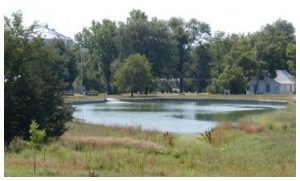
Shoreline lakes can form in many ways, including rivers accumulating sediments, ocean current blocking estuaries, tombolos and spits enclosing water bodies between the mainland and an island, or a lake getting divided due to joining of two spits. These types of lakes are found near coastlines.
Examples: Shoreline Lake in California
9. Anthropogenic Lakes
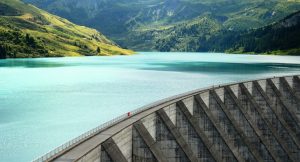
Anthropogenic lakes or artificial lakes are human-made reservoirs that are created either by erecting a dam across a river or stream or excavating land and diverting a part of the river flow into the reservoir. Such lakes or reservoirs serve various purposes like hydro-electric power generation, irrigation, and supply of drinking water. Inland fish culture is another common reason for the creation of artificial lakes.
Mining activities can also result in the formation of lakes, when abandoned mine pits are flooded by precipitation or seepage and they cannot drain the water, it eventually forms pit lakes. The water contains high acid sulfate and high levels of dissolved metals.
Examples: Lake Kariba in Zambia and Zimbabwe, Williston Lake in Canada (human-made reservoirs); lakes formed in the diamond mines of South Africa (due to mining activities).
10. Solution Lakes
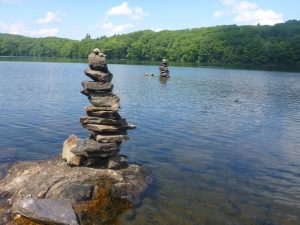
These lakes occur in the basins where the bedrock contains water-soluble materials like limestone, gypsum, and dolomite. The bedrocks are dissolved by rainfall and percolation of water, thus producing cavities that are eventually filled by rainfall, giving birth to a solution lake. These cavities may collapse to form sinkholes in regions where groundwater is close to the surface with sinkholes filling up eventually and forming deeper lakes.
Another type of solution lakes can also be formed due to the collapse of caves that are made of water-soluble rocks; this type of lake is called karst lake. They can cover large areas of up to several hundred square kilometers.
Examples: Dalmatian coast of Croatia and Florida
11. Cirque Lakes or Tarns
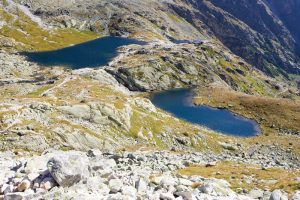
As the name denotes, these lakes are formed in cirques of mountain regions. Cirques are armchair shaped hollow land form with a steep back wall, and over-deepened valley formed due to erosion by glaciers. This hollow depression can be filled-up by melted glacial water with glacial debris (moraine) acting as a barrier to hold the water, thus forming a lake.
Examples: Veľké Hincovo, the largest and deepest tarn in Slovakia, Lake Tear of the Clouds (a small tarn) in the Adirondack Mountains, New York
12. Organic Lakes
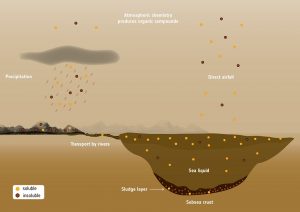
Organic lakes are named so as the action of animals and plants contribute to their formation. These can occur when the underground activities of animals like beavers or rodents obstruct a river or stream, or vegetative growths develop into a natural dam. These may also appear in the form of coral lakes. They are quite rare and smaller in size.
Article was last reviewed on Monday, January 30, 2023

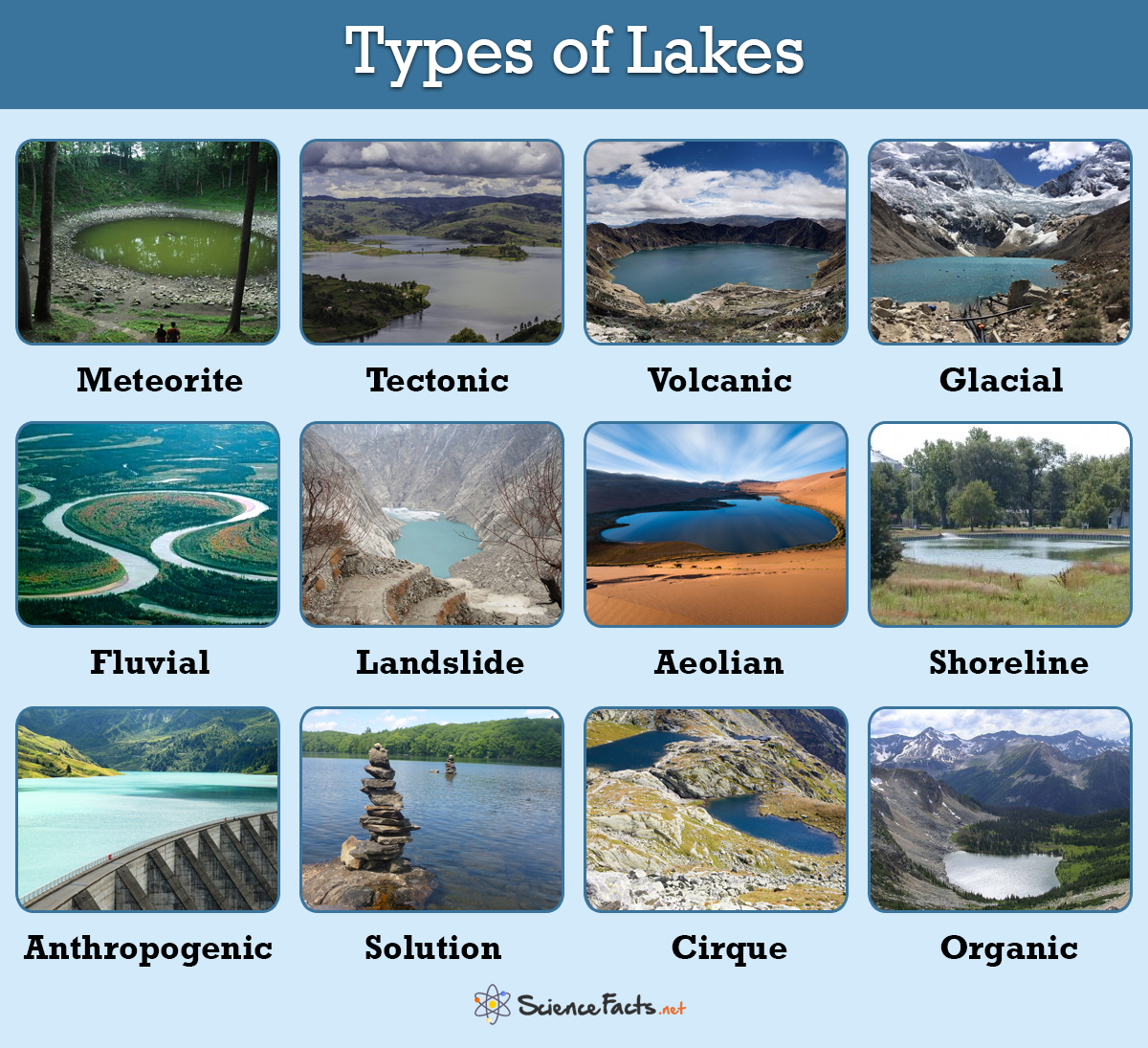
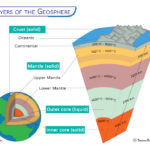
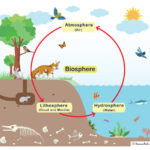
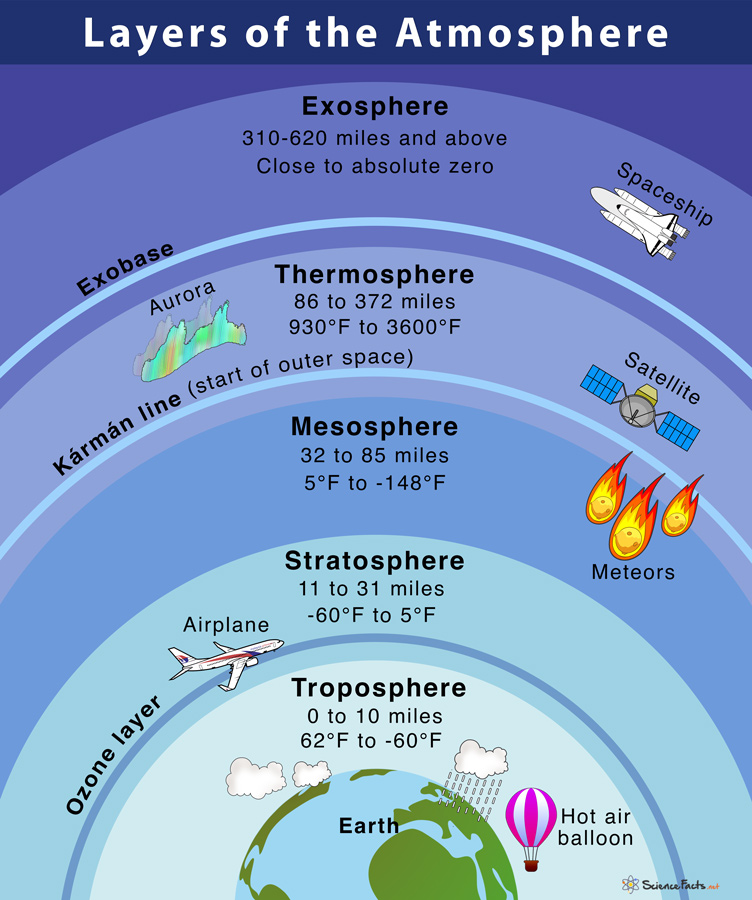
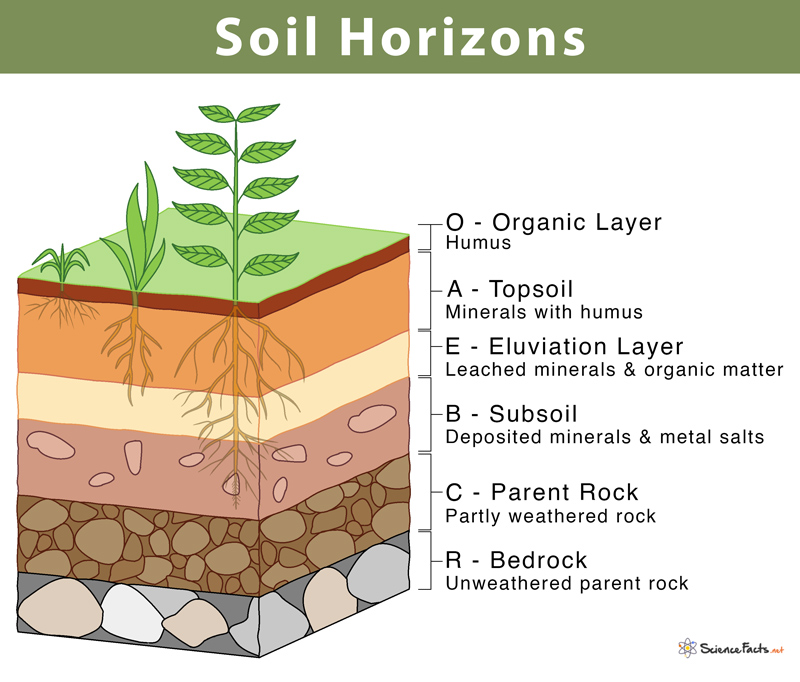
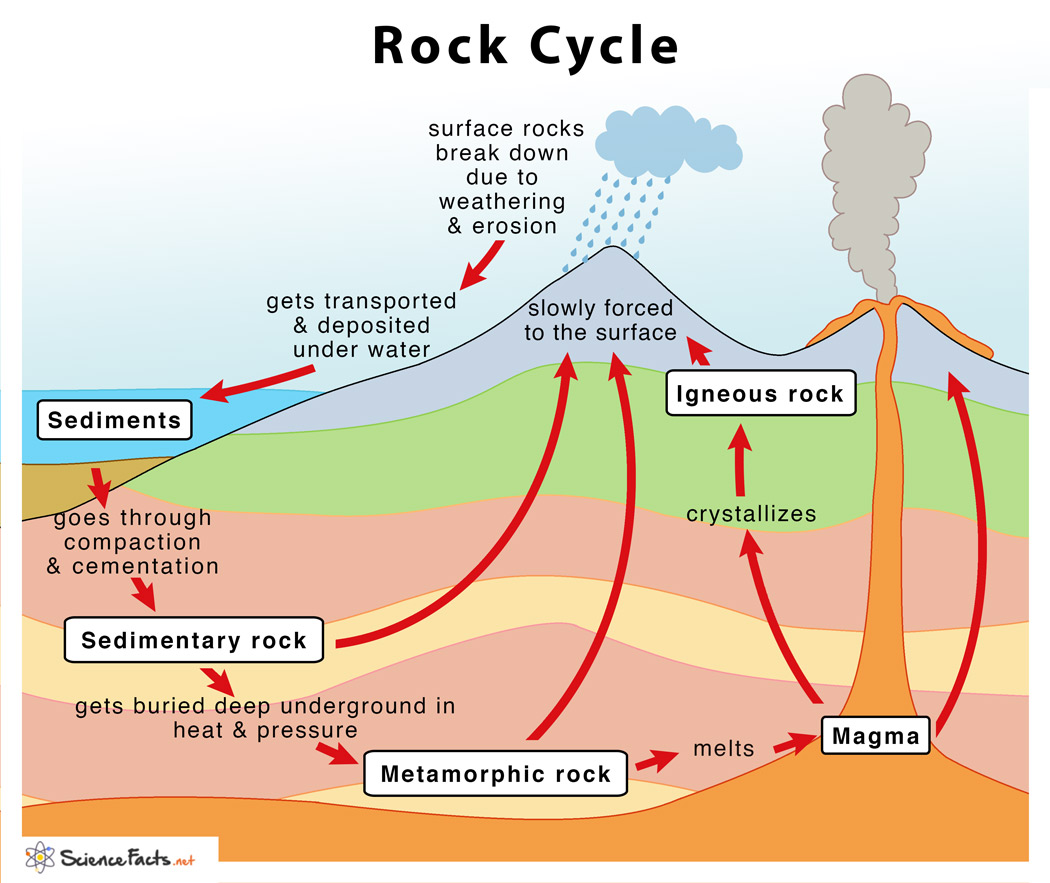
Thanks, nice information